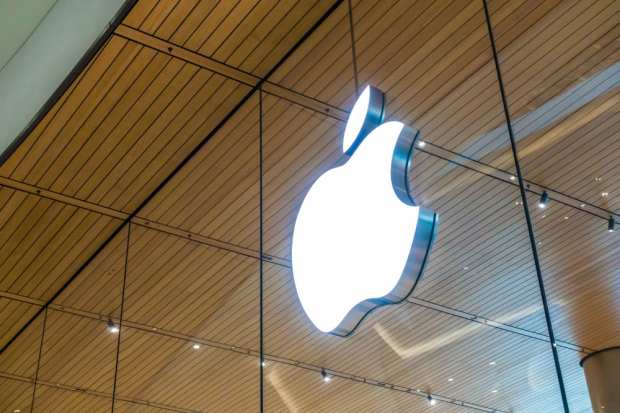Apple’s R&D Spending Goes From $1B to $13B In 2019

Apple has increased its research and development spending from $1 billion in 2009 to an estimated $13 billion this year, an amount that does not include stock-based compensation, according to a report from CNBC.
The amount of investment illustrates Apple’s push to keep up with new rival technologies and to innovate in new categories like wearables, health and fitness.
“The patents around wearables suggest that Apple could be targeting AirPods with biometric sensors, Apple Watch with UV monitoring, gesture recognition for AR/VR applications, machine learning projects to enable autonomous driving and integration of various existing devices with a car,” Bank of America Analyst Wamsi Mohan wrote in a note.
Mohan said investors think there is an “apparent lack of ongoing innovation at Apple,” but that the opposite is true. “When the iPhone (once in a generation product) becomes the basis of comparison, everything else, however successful, looks incremental,” the analyst wrote.
Also, because Apple is such a large company, it can be hard to gauge how big some of its smaller product lines are. “The wearables business in just four years (has grown to) the size of a Fortune 200 company with (an estimated) $15 billion in sales (similar to Netflix, PayPal, etc.), but the sheer size of the iPhone of $155 billion in 2018 (similar to General Motors) dwarfs the rapid growth of the relatively smaller businesses,” Mohan wrote.
In 2018, Apple had 2,160 patents granted, which is down 3 percent from a year prior. Only eight companies had more, among them Microsoft, Qualcomm, Samsung and IBM.
Apple also recently launched a new service called Apple Channels that will allow users to watch premium TV channels like HBO, Starz and Showtime, according to a report by CNBC. The service is available as an update to iPhones, iPads and Apple TV, and will allow customers in upwards of 100 countries to access premium channels. However, each channel needs to be paid for separately, and all of them together would cost about $97 a month.
Apple didn’t disclose how much money it will make from each subscriber who signs up, but some analysts believe the company is pushing for 30 percent, and others think it gets about 15 percent of revenue from HBO and Netflix subscribers.
